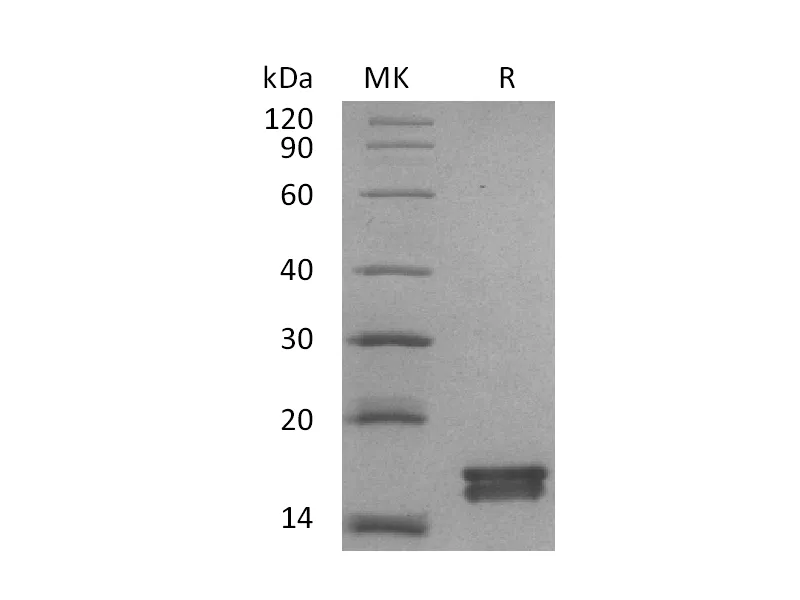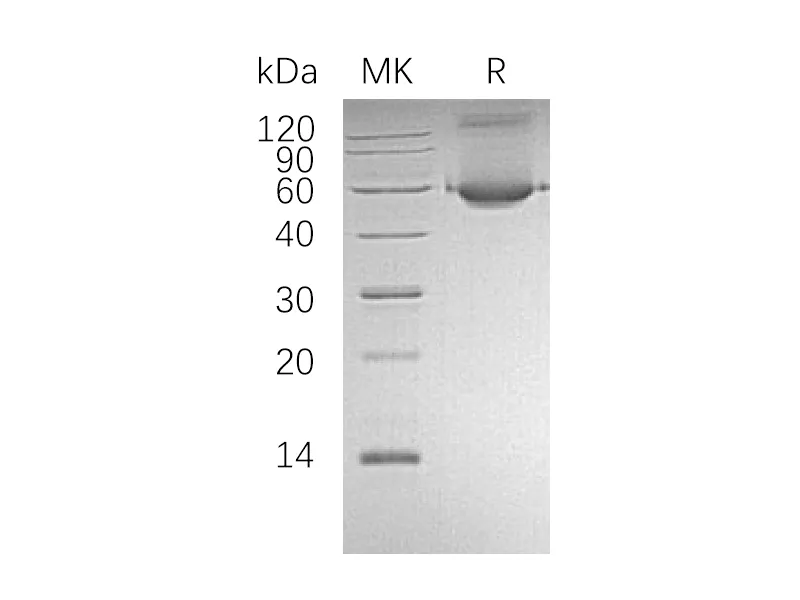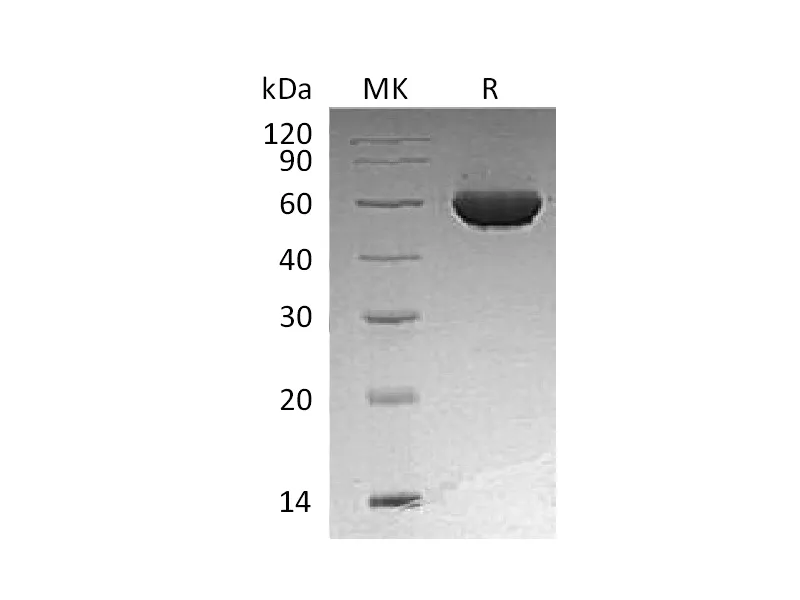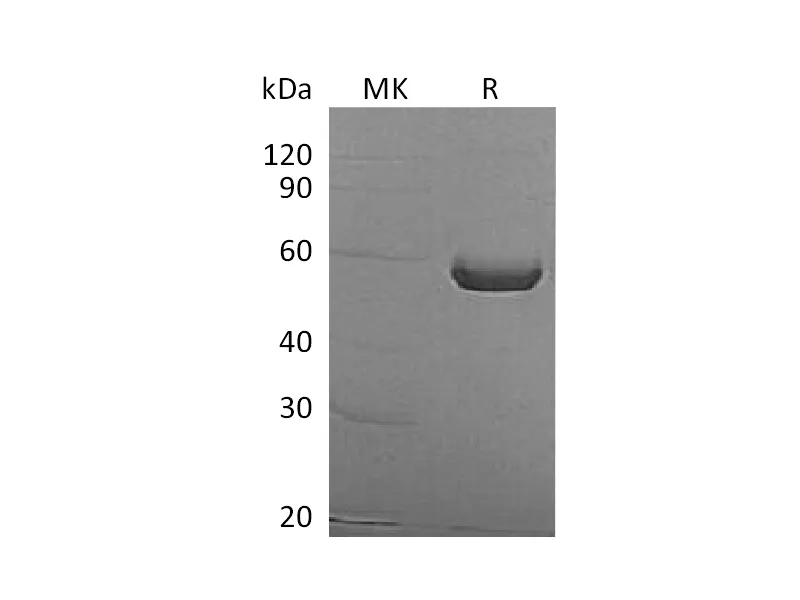Alternative Names
Signal Transducer and Activator of Transcription 3; Acute-Phase Response Factor; STAT3; APRF
Background
Signal Transducer and Activator of Transcription 3 (STAT3) belongs to the transcription factor STAT family. STAT3 contains one SH2 domain and is a transcription factor expressed in most cell types. STAT3 is activated by multiple cytokines and growth factors including: IFN-a, IL-10, IL-6, IL-11, IL-12, IL-2, EGF etc. STAT3 functions as signal transducer and transcription activator that mediates cellular responses to interleukins, KITLG/SCF and other growth factors. In addition, STAT3 may also mediate cellular responses to activated FGFR1, FGFR2, FGFR3 and FGFR4.
Note
For Research Use Only , Not for Diagnostic Use.




